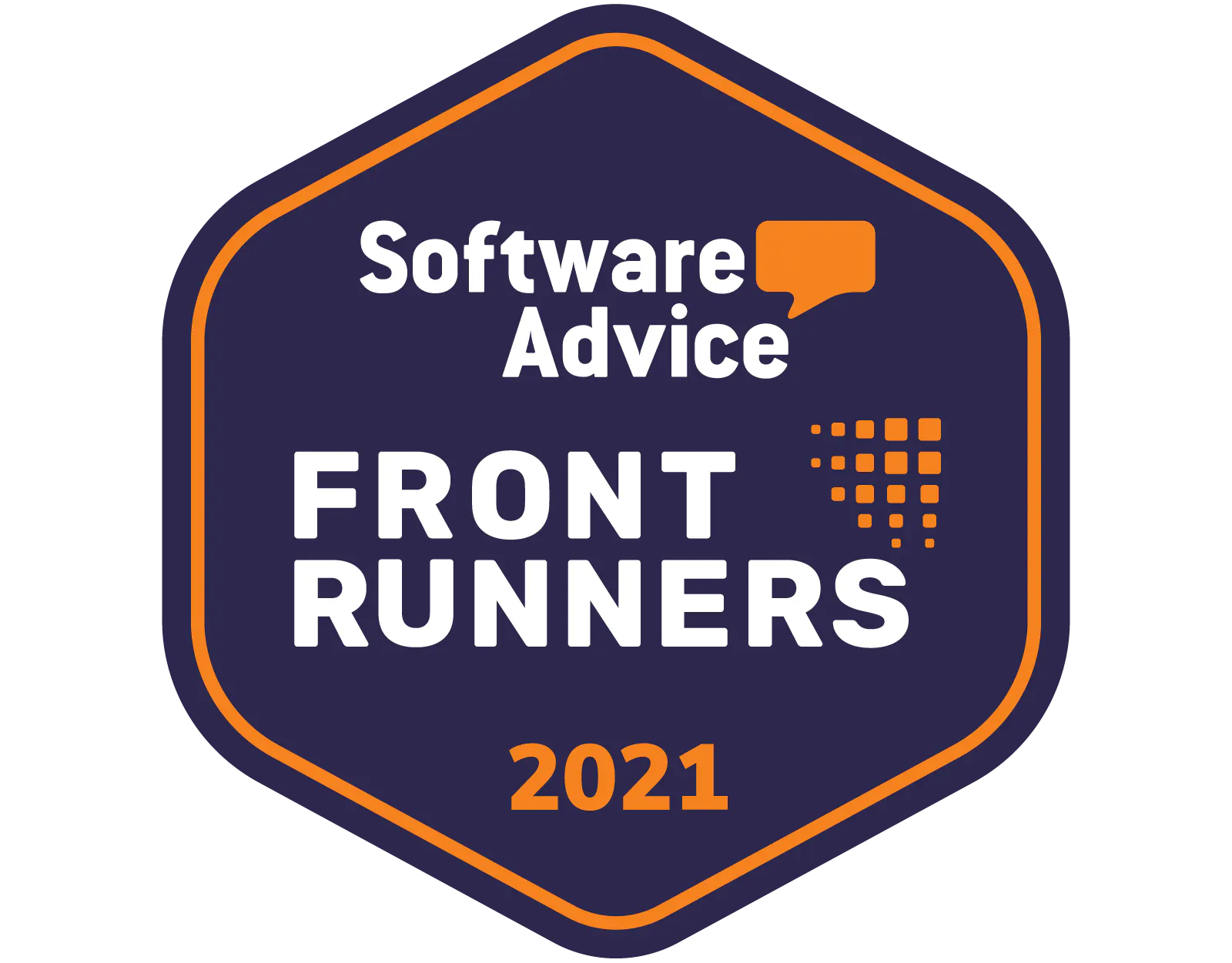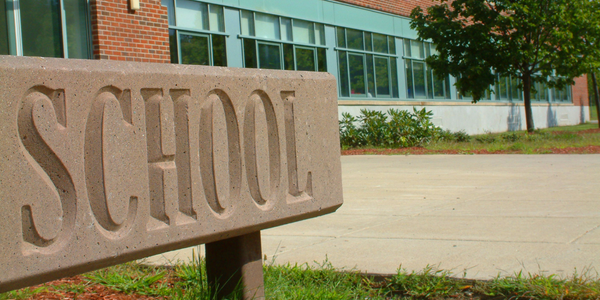What are the most common use cases for sensors and IoT for facilities management in schools and education?
The most common use cases for sensors and Internet of Things (IoT) technology in schools involve building or facility management. Sensors give school facilities managers around-the-clock access to HVAC, water and plumbing, and utility data. Having that information means you catch small problems earlier, save time, and reduce school-day disruptions.
What types of sensors do educational facilities use?
Although there are hundreds of IoT sensors available today, some are more commonly used in schools and education facilities.
Vibration sensors easily monitor HVAC equipment to trigger predictive maintenance orders. Mileage sensors help track work required on school-related vehicles. Sensors can further monitor energy usage, and spikes may indicate system problems.
Water-level sensors can notify a facility manager of problems quickly. These sensors alert maintenance personnel for leaky toilets, water pressure discrepancies, or water build-up in a rarely used basement area.
What are some benefits of sensors?
The biggest benefit of IoT and sensors in educational facilities is giving facility managers a second set of eyes. Instead of relying on maintenance technicians to periodically check equipment and facilities, you have sensors operating 24/7. By setting acceptable ranges, facilities managers can know instantly when there’s a problem.
This real-time data means that problems can be addressed immediately before major damage occurs, saving time and money. IoT and sensor technology helps schools focus on providing education in a safe, comfortable and functional environment.
Want to keep reading?
6 Types of Temperature Sensors Defined and Use Cases
How does maintenance support school safety?
What are 6 ways a CMMS can improve my school or university?
4,000+ COMPANIES RELY ON ASSET OPERATIONS MANAGEMENT
Leading the Way to a Better Future for Maintenance and Reliability
Your asset and equipment data doesn't belong in a silo. UpKeep makes it simple to see where everything stands, all in one place. That means less guesswork and more time to focus on what matters.


![[Review Badge] GetApp CMMS 2022 (Dark)](https://www.datocms-assets.com/38028/1673900459-get-app-logo-dark.png?auto=compress&fm=webp&w=347)
![[Review Badge] Gartner Peer Insights (Dark)](https://www.datocms-assets.com/38028/1673900494-gartner-logo-dark.png?auto=compress&fm=webp&w=336)

